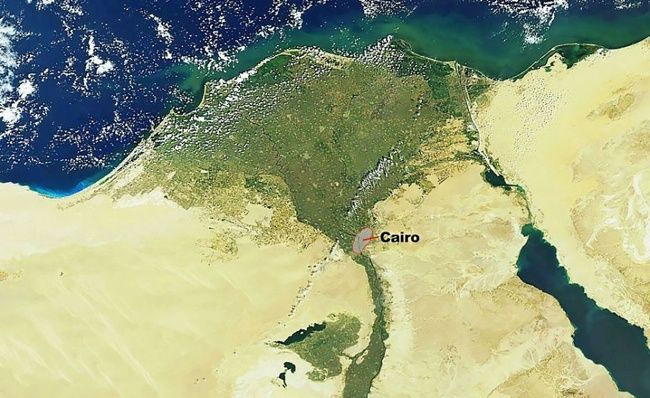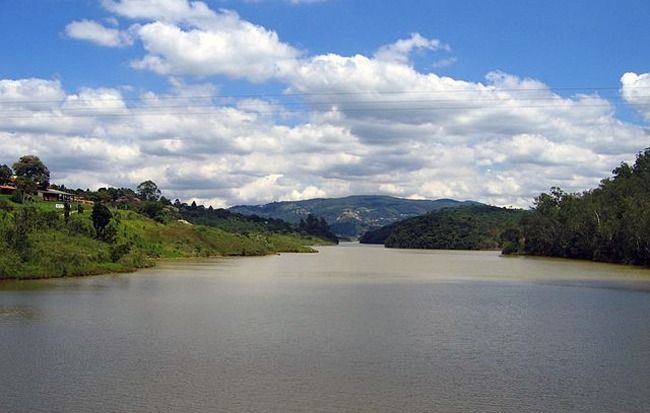

LONDON
London faces a rapidly growing population wringing every last drop out of centuries-old plumbing. Water managers estimate they can meet the city’s needs for the next decade but must find new sources by 2025—even sooner than the rest of the world, by the U.N.’s measure. London’s utility, Thames Water, looked into recycled water—aka “toilet-to-tap”—but, being English, found it necessary first to politely ask people if they’d mind.
At least four urban districts in California use recycled water, which is treated, re-treated, and treated again to be cleaner than conventional supplies before being pumped into groundwater or other supply sources. The so-called “yuck factor” could be an impediment to this solution spreading to London and elsewhere.
CAIRO
Five thousand years ago, an ample water supply and a fertile delta at the mouth of the Nile supported the growth of one of the world’s great civilizations. Today, while 97 percent of Egypt’s water comes from the great river, Cairo finds itself downstream from at least 50 poorly regulated factories, agricultural waste, and municipal sewage systems that drain into it.
Though Cairo gets most of the attention, a UNICEF-World Health Organization study released earlier this year found that rural areas to the city’s south, where more than half of Egyptians live, depend on the river not just for irrigation and drinking water but also for waste disposal. Engineer Ayman Ramadan Mohamed Ayad has noted that while most wastewater discharged into the Nile upriver from Cairo is untreated, the river’s enormous size has historically been sufficient to dilute the waste to safe levels (and Cairo’s municipal system treats the water it draws from the river). Ayad argues, however, that as the load increases—with 20 million people now discharging their wastes to the Nile—this will no longer be possible. The African Development Bank recently funded programs to chlorinate wastewater before it’s dumped in the river, but more will need to be done.
On the demand side, more than 80 percent of the water taken from the Nile each year is used for irrigation, mostly the inefficient method of just flooding fields, which loses significant amounts to evaporation. Two years ago, initial steps were taken to modernize irrigation techniques upriver. Those programs have yet to show much progress, however.
SÃO PAULO
When it rains in Brazil, it pours. In São Paulo, where in an average year it rains more than it does in the U.S. Pacific Northwest, drains can’t handle the onslaught, and what could be the source of desperately needed drinking water becomes instead the menace of urban floodwater.
With the worst drought in a century now in its second year, São Paulo’s reservoirs are at barely a quarter of capacity, down from 40 percent a year ago. Yet the city still sees heavy rainstorms. But reservoirs outside the city are often polluted and are too small even at capacity to supply the metropolitan area of 20 million. Asphalt covering the city and poor drainage lead to heavy floods on city streets after as little as a quarter-inch of rain. It’s hard to believe a drought is under way if your house is ankle-deep in water, so consumers haven’t been strident about conservation. The apparent paradox of flooded streets and empty reservoirs will likely fuel an ongoing debate over proposed rationing.

 233k
233k  41k
41k  Subscribe
Subscribe 


